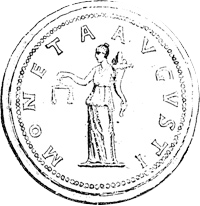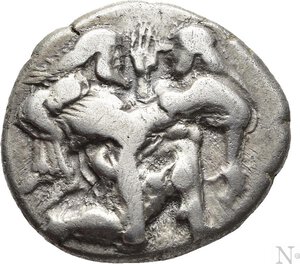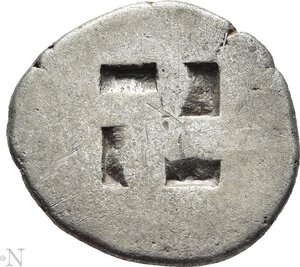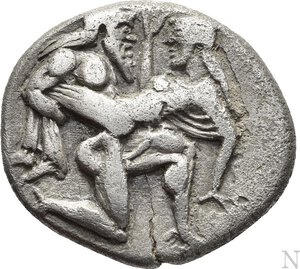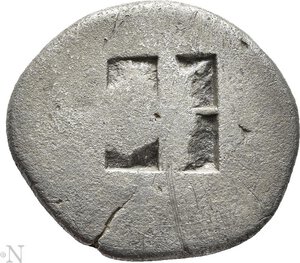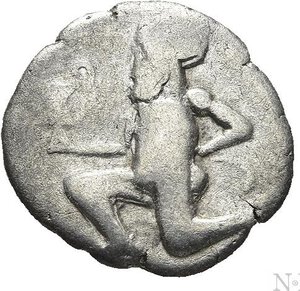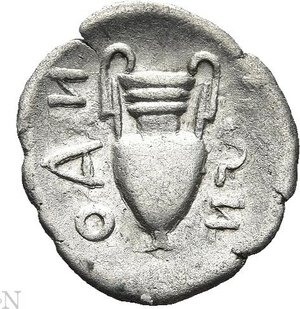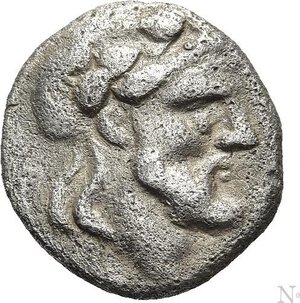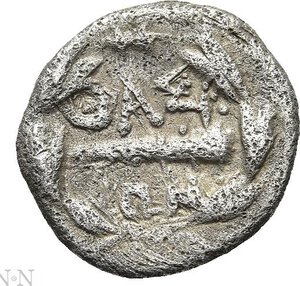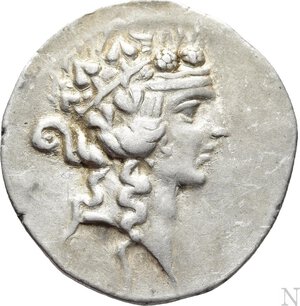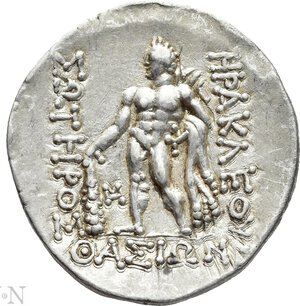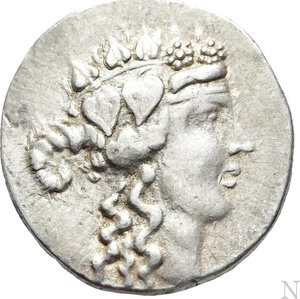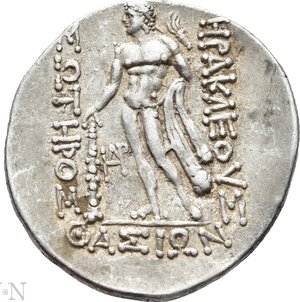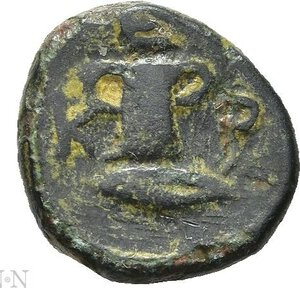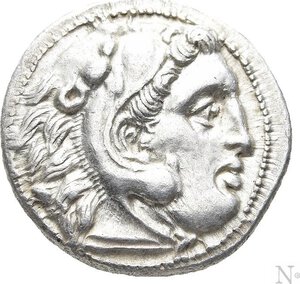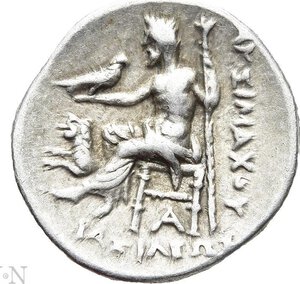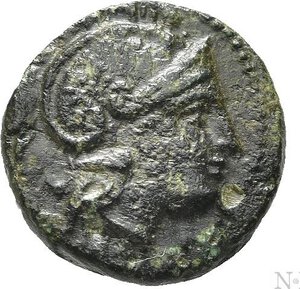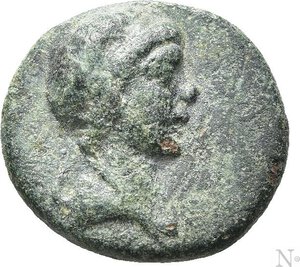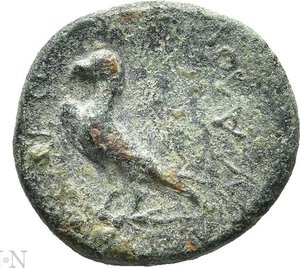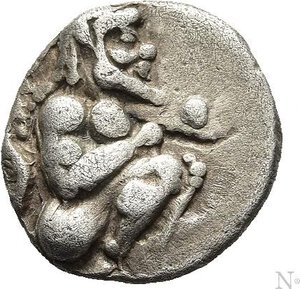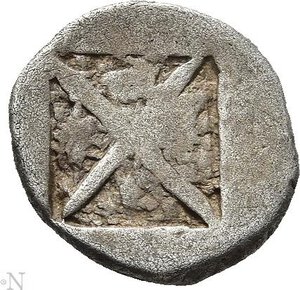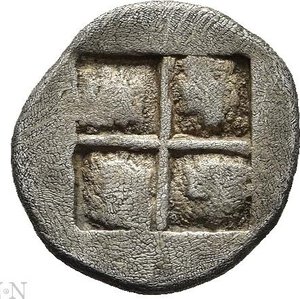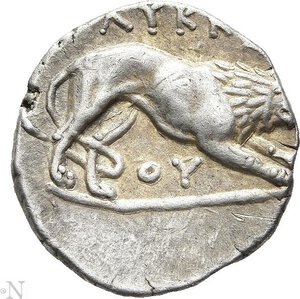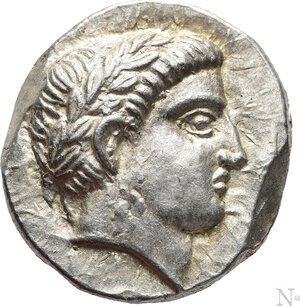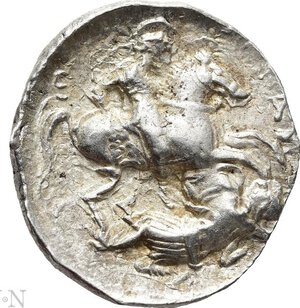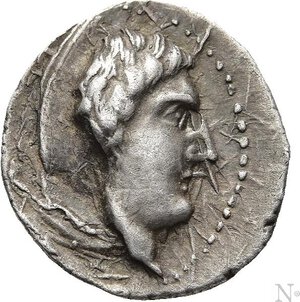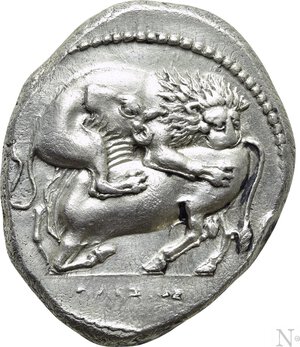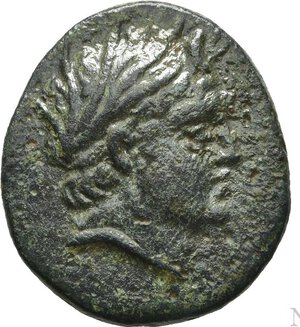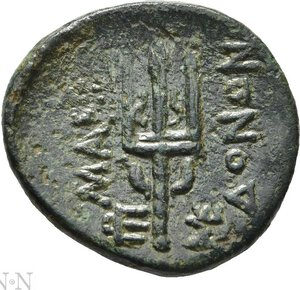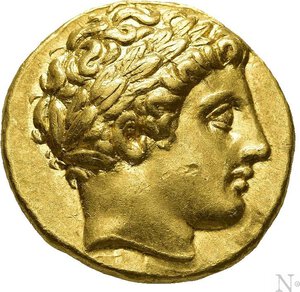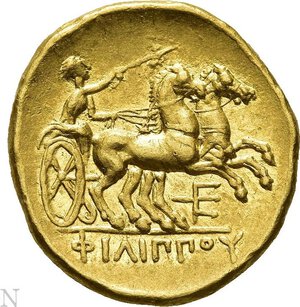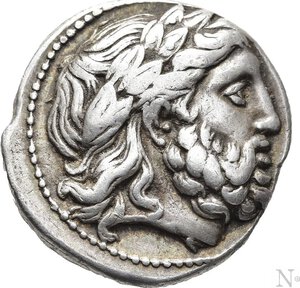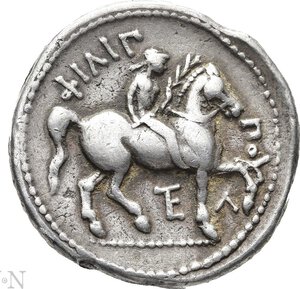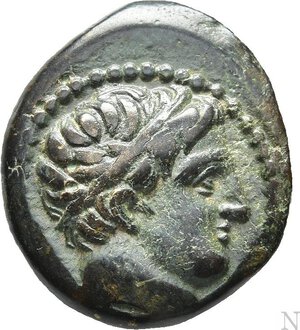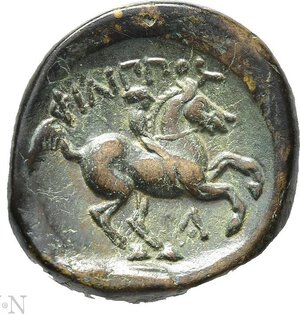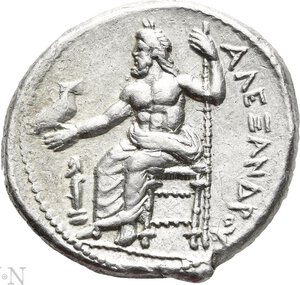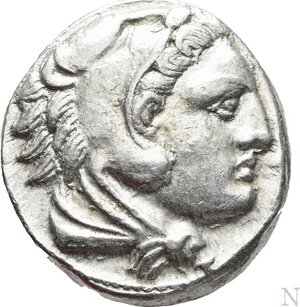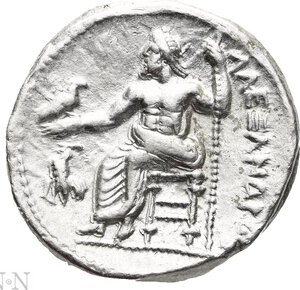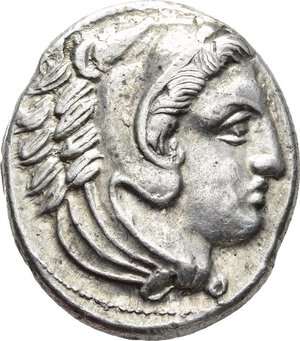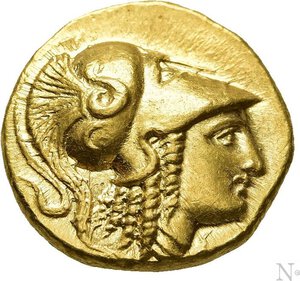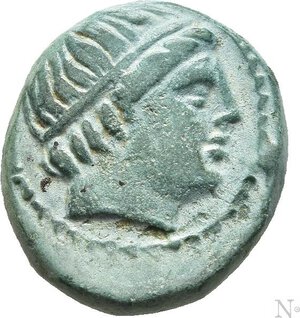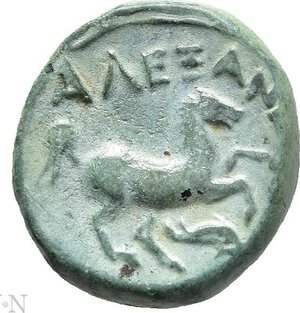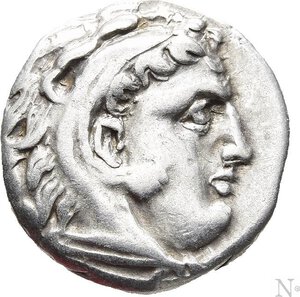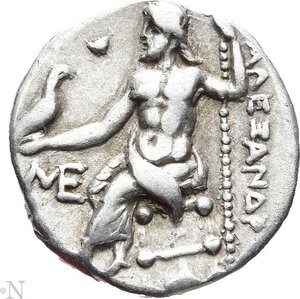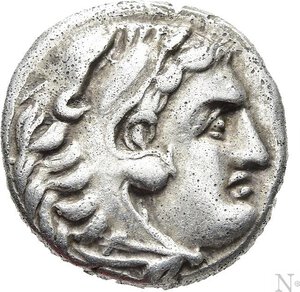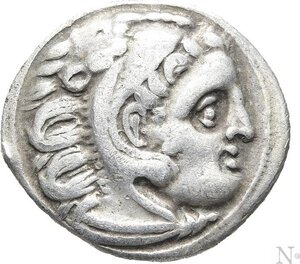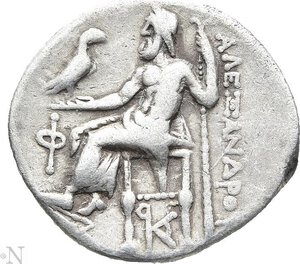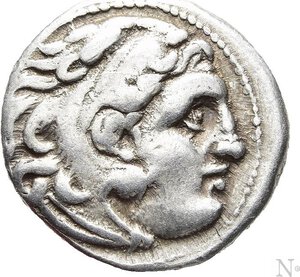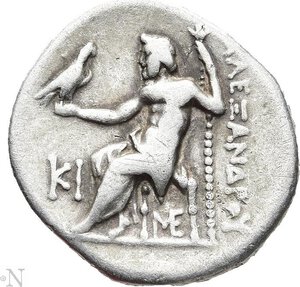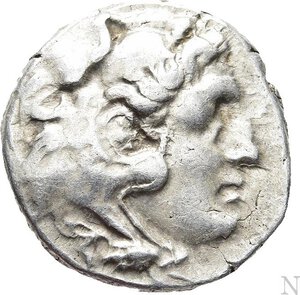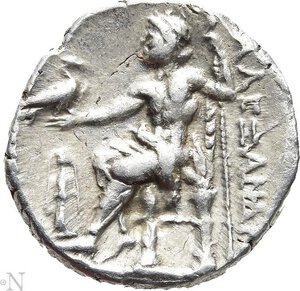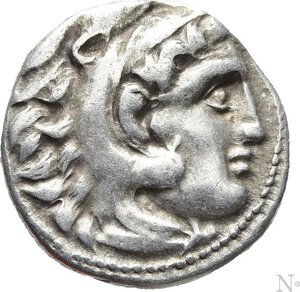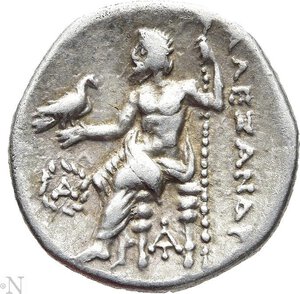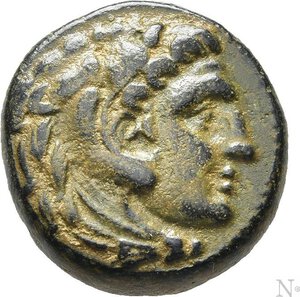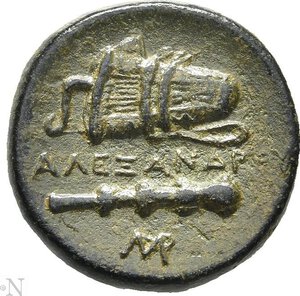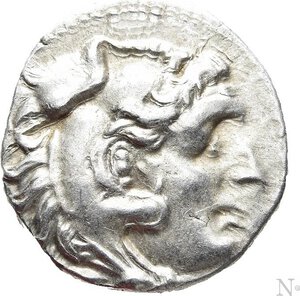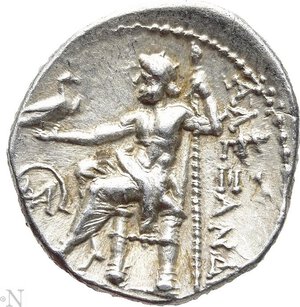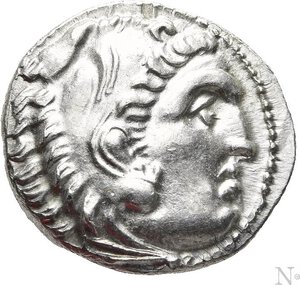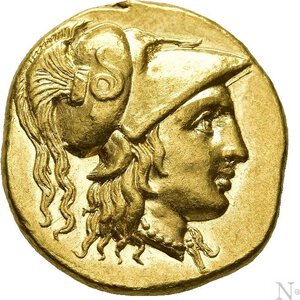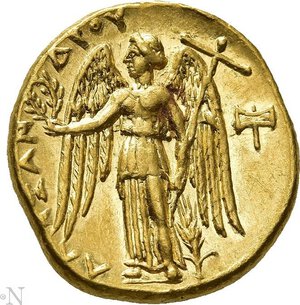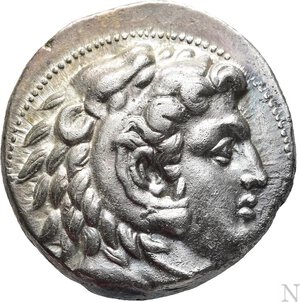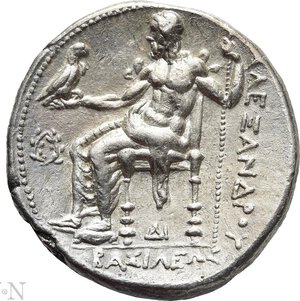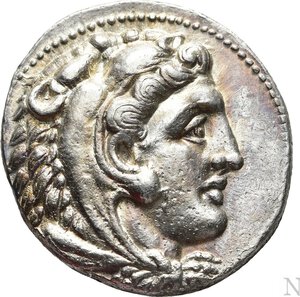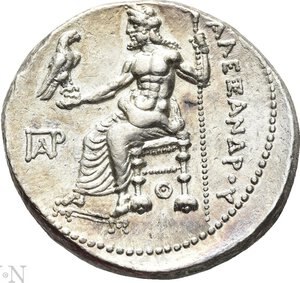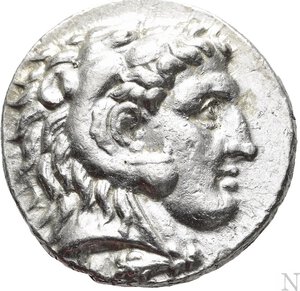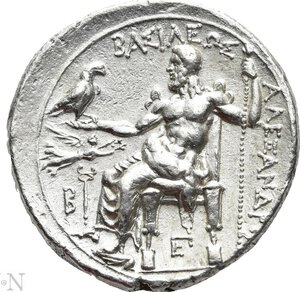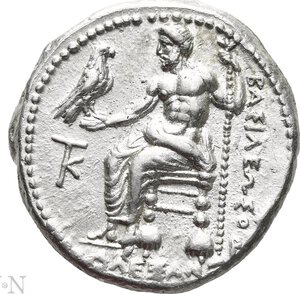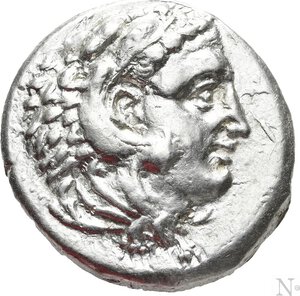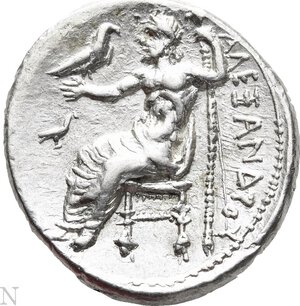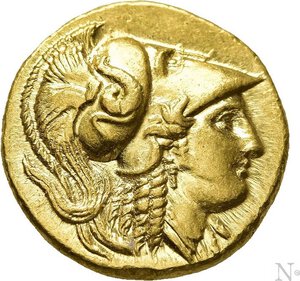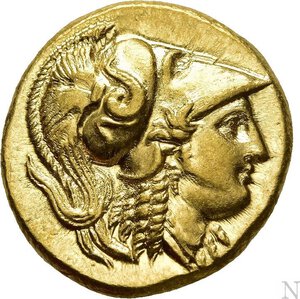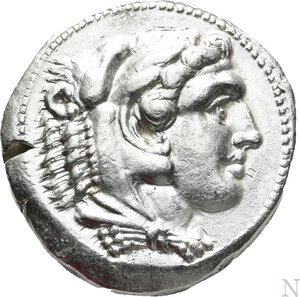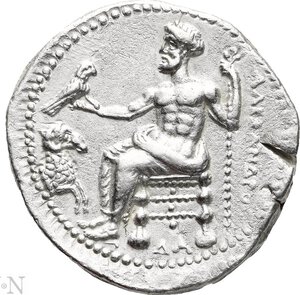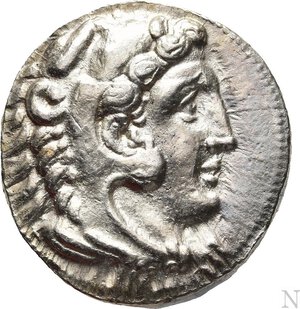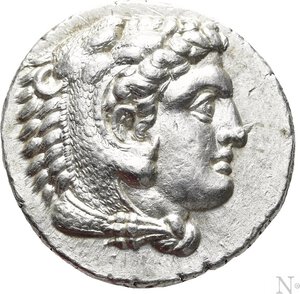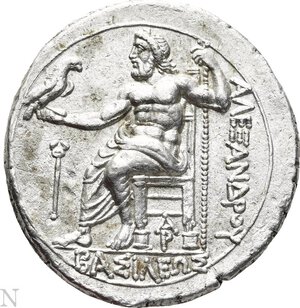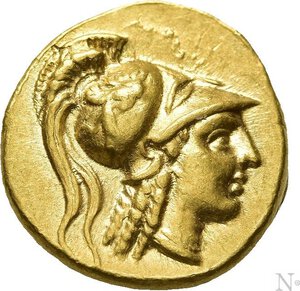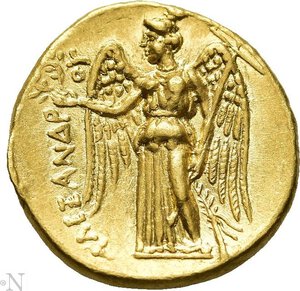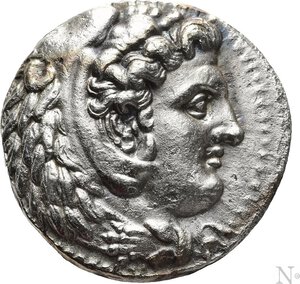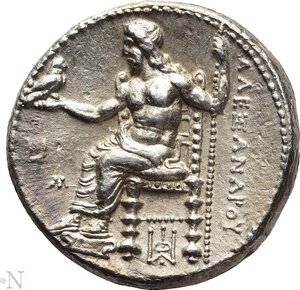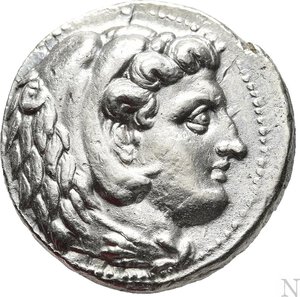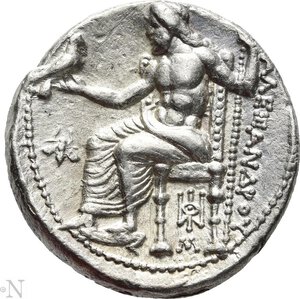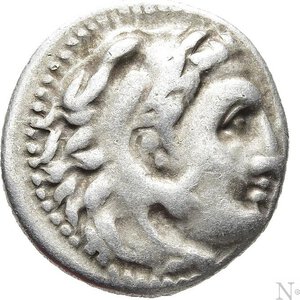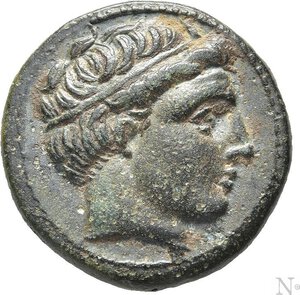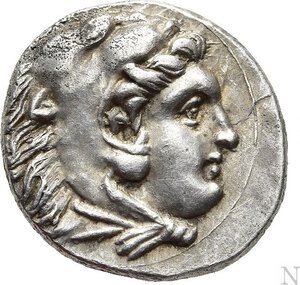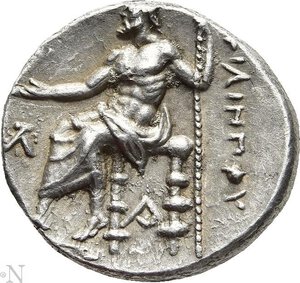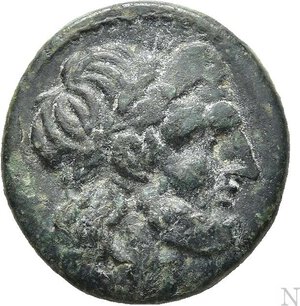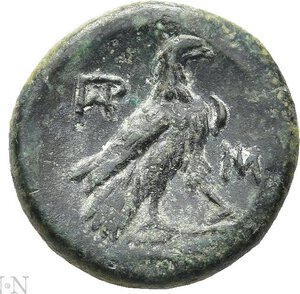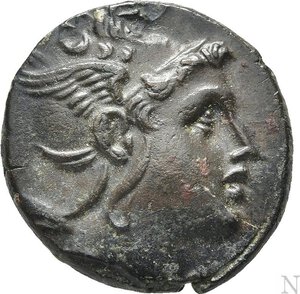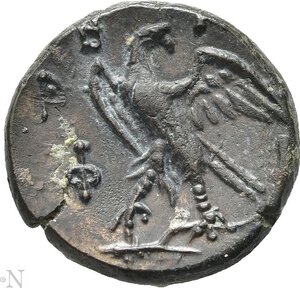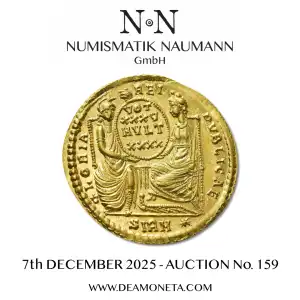Results from 61 to 120 of 264
Watch:
Starting price:
€ 160
€
B.P.: 18.90%
Closing on: 2025-12-07 16:00:00 Roma time
Watch:
Starting price:
€ 160
€
B.P.: 18.90%
Closing on: 2025-12-07 16:00:00 Roma time
Watch:
Starting price:
€ 40
€
B.P.: 18.90%
Closing on: 2025-12-07 16:00:00 Roma time
Watch:
Starting price:
€ 40
€
B.P.: 18.90%
Closing on: 2025-12-07 16:00:00 Roma time
Watch:
Starting price:
€ 120
€
B.P.: 18.90%
Closing on: 2025-12-07 16:00:00 Roma time
Watch:
Starting price:
€ 120
€
B.P.: 18.90%
Closing on: 2025-12-07 16:00:00 Roma time
Watch:
Starting price:
€ 40
€
B.P.: 18.90%
Closing on: 2025-12-07 16:00:00 Roma time
Watch:
Starting price:
€ 160
€
B.P.: 18.90%
Closing on: 2025-12-07 16:00:00 Roma time
Watch:
Starting price:
€ 40
€
B.P.: 18.90%
Closing on: 2025-12-07 16:00:00 Roma time
Watch:
Starting price:
€ 40
€
B.P.: 18.90%
Closing on: 2025-12-07 16:00:00 Roma time
Watch:
Starting price:
€ 40
€
B.P.: 18.90%
Closing on: 2025-12-07 16:00:00 Roma time
Watch:
Starting price:
€ 40
Current bid:
€ 40
€
B.P.: 18.90%
Closing on: 2025-12-07 16:00:00 Roma time
Watch:
Starting price:
€ 40
€
B.P.: 18.90%
Closing on: 2025-12-07 16:00:00 Roma time
Watch:
Starting price:
€ 200
€
B.P.: 18.90%
Closing on: 2025-12-07 16:00:00 Roma time
Watch:
Starting price:
€ 240
€
B.P.: 18.90%
Closing on: 2025-12-07 16:00:00 Roma time
Watch:
Starting price:
€ 400
€
B.P.: 18.90%
Closing on: 2025-12-07 16:00:00 Roma time
Watch:
Starting price:
€ 6'400
€
B.P.: 18.90%
Closing on: 2025-12-07 16:00:00 Roma time
Watch:
Starting price:
€ 40
€
B.P.: 18.90%
Closing on: 2025-12-07 16:00:00 Roma time
Watch:
Starting price:
€ 4'000
€
B.P.: 18.90%
Closing on: 2025-12-07 16:00:00 Roma time
Watch:
Starting price:
€ 320
€
B.P.: 18.90%
Closing on: 2025-12-07 16:00:00 Roma time
Watch:
Starting price:
€ 80
Current bid:
€ 80
€
B.P.: 18.90%
Closing on: 2025-12-07 16:00:00 Roma time
Watch:
Starting price:
€ 40
€
B.P.: 18.90%
Closing on: 2025-12-07 16:00:00 Roma time
Watch:
Starting price:
€ 400
€
B.P.: 18.90%
Closing on: 2025-12-07 16:00:00 Roma time
Watch:
Starting price:
€ 200
Current bid:
€ 200
€
B.P.: 18.90%
Closing on: 2025-12-07 16:00:00 Roma time
Watch:
Starting price:
€ 200
Current bid:
€ 200
€
B.P.: 18.90%
Closing on: 2025-12-07 16:00:00 Roma time
Watch:
Starting price:
€ 4'000
€
B.P.: 18.90%
Closing on: 2025-12-07 16:00:00 Roma time
Watch:
Starting price:
€ 40
€
B.P.: 18.90%
Closing on: 2025-12-07 16:00:00 Roma time
Watch:
Starting price:
€ 40
Current bid:
€ 40
€
B.P.: 18.90%
Closing on: 2025-12-07 16:00:00 Roma time
Watch:
Starting price:
€ 40
€
B.P.: 18.90%
Closing on: 2025-12-07 16:00:00 Roma time
Watch:
Starting price:
€ 40
€
B.P.: 18.90%
Closing on: 2025-12-07 16:00:00 Roma time
Watch:
Starting price:
€ 40
€
B.P.: 18.90%
Closing on: 2025-12-07 16:00:00 Roma time
Watch:
Starting price:
€ 40
€
B.P.: 18.90%
Closing on: 2025-12-07 16:00:00 Roma time
Watch:
Starting price:
€ 40
€
B.P.: 18.90%
Closing on: 2025-12-07 16:00:00 Roma time
Watch:
Starting price:
€ 40
€
B.P.: 18.90%
Closing on: 2025-12-07 16:00:00 Roma time
Watch:
Starting price:
€ 40
€
B.P.: 18.90%
Closing on: 2025-12-07 16:00:00 Roma time
Watch:
Starting price:
€ 40
€
B.P.: 18.90%
Closing on: 2025-12-07 16:00:00 Roma time
Watch:
Starting price:
€ 40
Current bid:
€ 40
€
B.P.: 18.90%
Closing on: 2025-12-07 16:00:00 Roma time
Watch:
Starting price:
€ 40
Current bid:
€ 40
€
B.P.: 18.90%
Closing on: 2025-12-07 16:00:00 Roma time
Mint State Drachm
Watch:
Starting price:
€ 160
€
B.P.: 18.90%
Closing on: 2025-12-07 16:00:00 Roma time
Lustrous Mint State
Watch:
Starting price:
€ 4'000
€
B.P.: 18.90%
Closing on: 2025-12-07 16:00:00 Roma time
Watch:
Starting price:
€ 200
Current bid:
€ 240
€
B.P.: 18.90%
Closing on: 2025-12-07 16:00:00 Roma time
Watch:
Starting price:
€ 200
Current bid:
€ 240
€
B.P.: 18.90%
Closing on: 2025-12-07 16:00:00 Roma time
Watch:
Starting price:
€ 200
Current bid:
€ 240
€
B.P.: 18.90%
Closing on: 2025-12-07 16:00:00 Roma time
Watch:
Starting price:
€ 200
€
B.P.: 18.90%
Closing on: 2025-12-07 16:00:00 Roma time
Paphos Mint !
Watch:
Starting price:
€ 200
€
B.P.: 18.90%
Closing on: 2025-12-07 16:00:00 Roma time
Lustrous Mint State
Watch:
Starting price:
€ 4'000
€
B.P.: 18.90%
Closing on: 2025-12-07 16:00:00 Roma time
Lustrous Mint State
Watch:
Starting price:
€ 4'000
€
B.P.: 18.90%
Closing on: 2025-12-07 16:00:00 Roma time
Watch:
Starting price:
€ 400
Current bid:
€ 400
€
B.P.: 18.90%
Closing on: 2025-12-07 16:00:00 Roma time
Unusual Legend Arrangement
Watch:
Starting price:
€ 200
Current bid:
€ 240
€
B.P.: 18.90%
Closing on: 2025-12-07 16:00:00 Roma time
Watch:
Starting price:
€ 400
Current bid:
€ 400
€
B.P.: 18.90%
Closing on: 2025-12-07 16:00:00 Roma time
Rare Lifetime Stater
Watch:
Starting price:
€ 4'000
€
B.P.: 18.90%
Closing on: 2025-12-07 16:00:00 Roma time
Watch:
Starting price:
€ 2'400
€
B.P.: 18.90%
Closing on: 2025-12-07 16:00:00 Roma time
Lifetime Issue of Babylon
Watch:
Starting price:
€ 400
Current bid:
€ 400
€
B.P.: 18.90%
Closing on: 2025-12-07 16:00:00 Roma time
Lifetime Issue of Babylon
Watch:
Starting price:
€ 200
Current bid:
€ 240
€
B.P.: 18.90%
Closing on: 2025-12-07 16:00:00 Roma time
Watch:
Starting price:
€ 40
€
B.P.: 18.90%
Closing on: 2025-12-07 16:00:00 Roma time
Watch:
Starting price:
€ 40
€
B.P.: 18.90%
Closing on: 2025-12-07 16:00:00 Roma time
Watch:
Starting price:
€ 40
€
B.P.: 18.90%
Closing on: 2025-12-07 16:00:00 Roma time
Watch:
Starting price:
€ 80
€
B.P.: 18.90%
Closing on: 2025-12-07 16:00:00 Roma time
Watch:
Starting price:
€ 40
€
B.P.: 18.90%
Closing on: 2025-12-07 16:00:00 Roma time
Watch:
Starting price:
€ 80
€
B.P.: 18.90%
Closing on: 2025-12-07 16:00:00 Roma time
Results from 61 to 120 of 264
